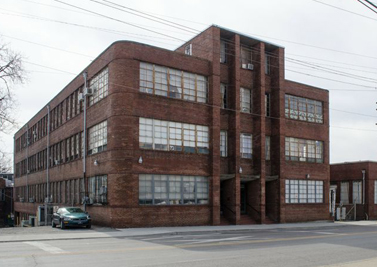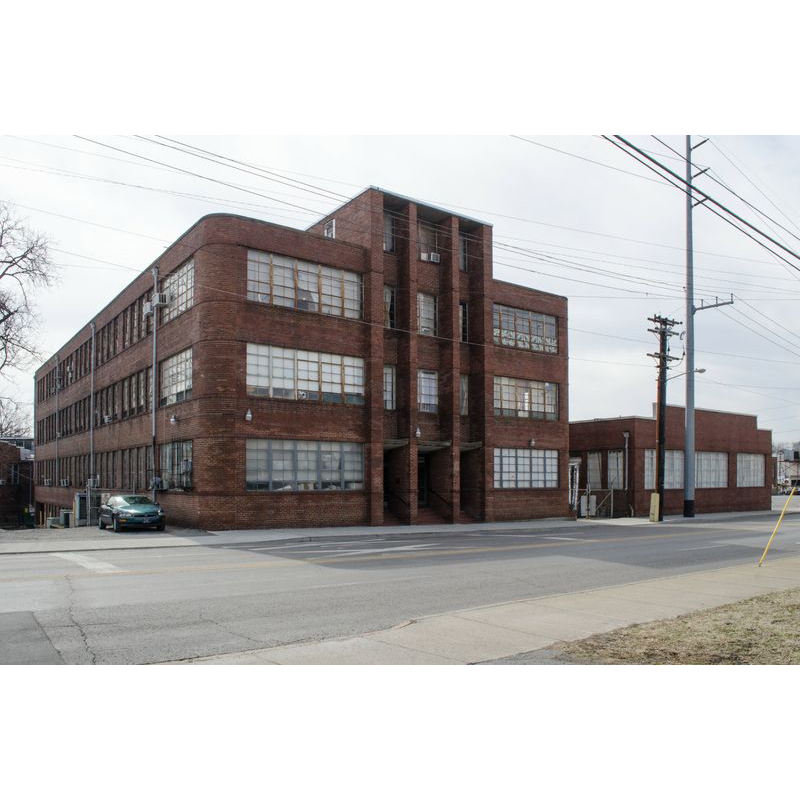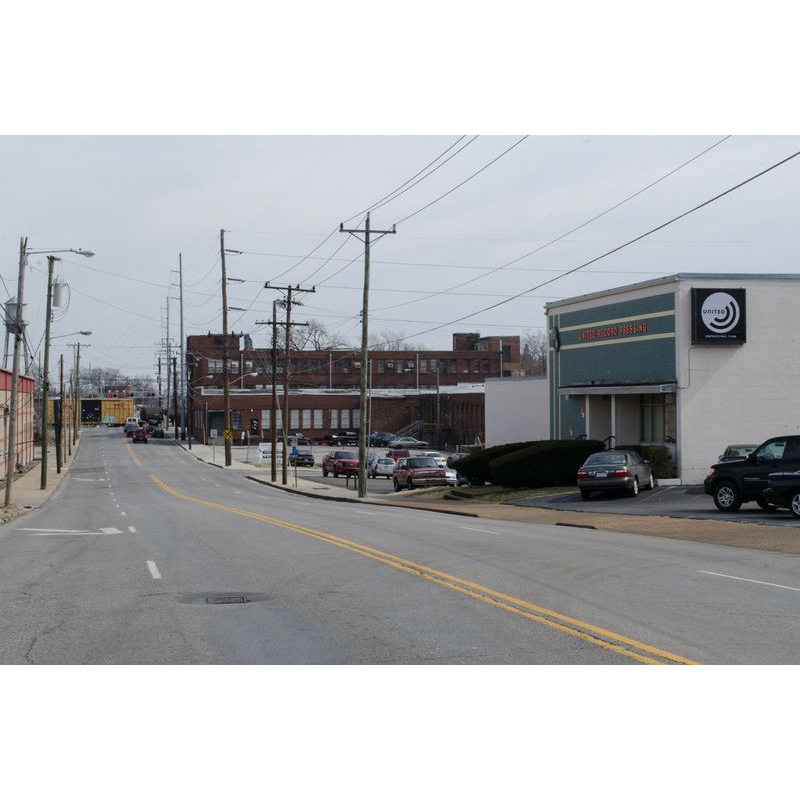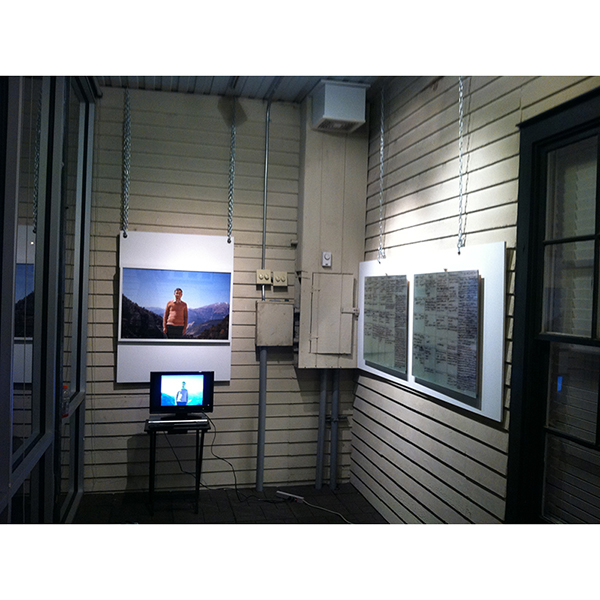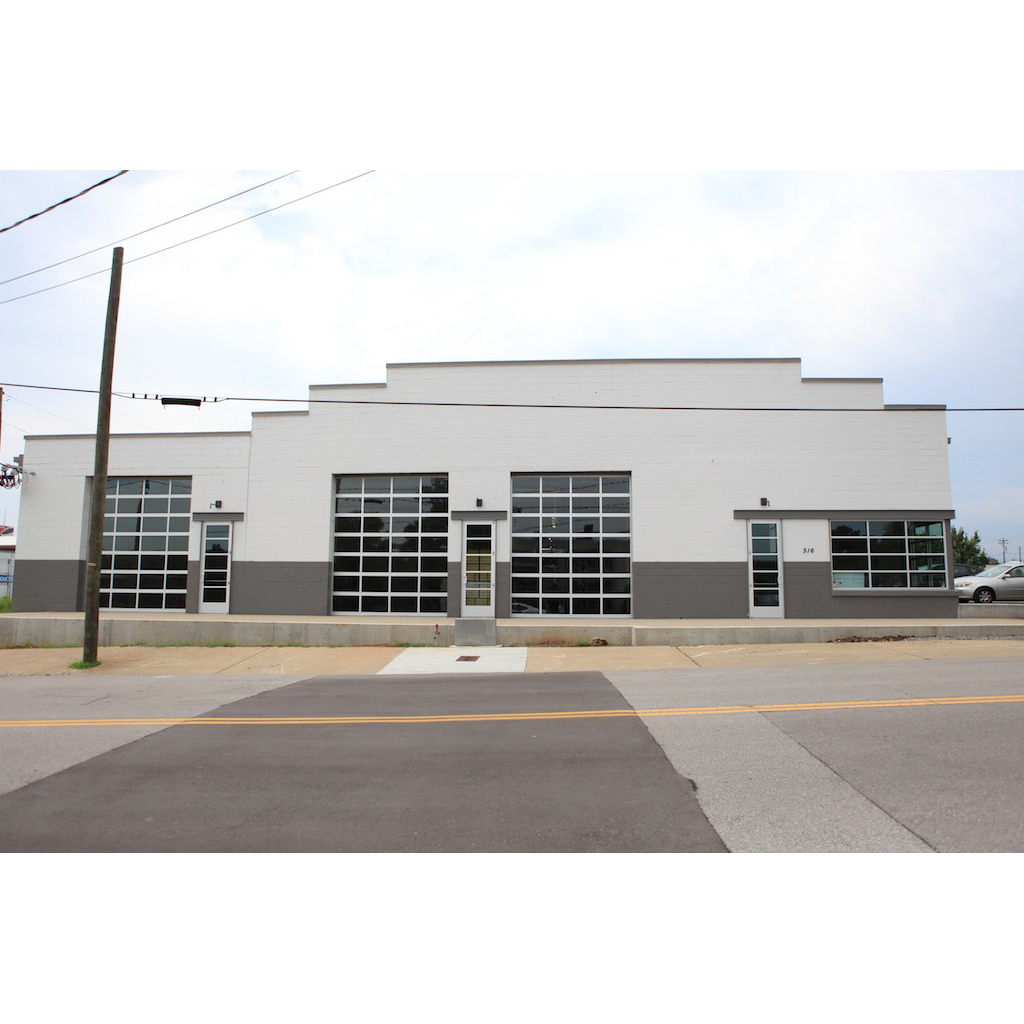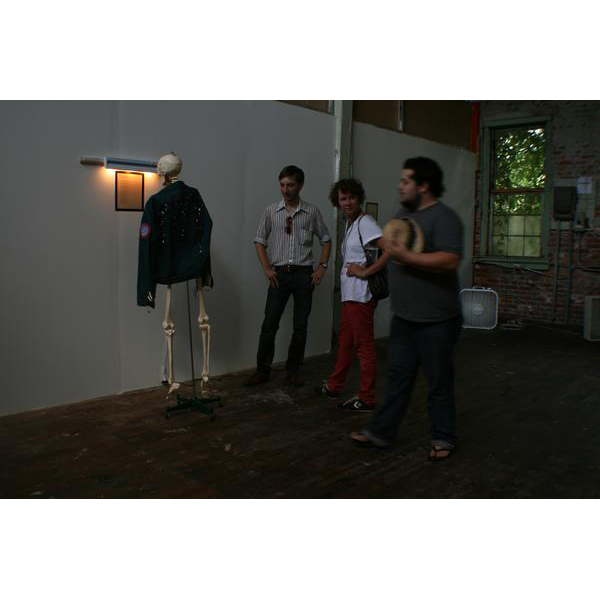444 Humphreys installation shot: Courtesy of Christine Rogers
W
hen the May Hosiery Mill, the “largest sock mill in the South,” located in the Wedgewood/Houston neighborhood of Nashville, first opened its doors, it provided employment for thousands of Southerners, including hundreds of Jews who had just escaped the Holocaust with the help of Jacob and Mortimer May. Then the building sold in the 1960s, sock sales having slowed down, the neighborhood crime rate skyrocketed, and the mill, and surrounding neighborhood, was left to become a tomb. Today, the area is the artistic hub of the city the New York Times declared to be 2013’s “It City,” and readying for its next incarnation.
While the transformation of the Wedgewood/Houston neighborhood from an area largely made up of abandoned centenarian buildings to one teeming with artists’ centers, commercial galleries, and art crawls is one we’ve seen before, the impetus for this change, at least in Nashville, is different. “If that is a familiar story, what’s new for Nashville is that it is contemporary art and DIY makers, not the music industry,” says Samuel Shaw, an urban ethnographer at Vanderbilt University, “that is driving this round of urban change, and it is this change that is part and parcel of a new image of the city that is moving faster than the neighborhood itself.”
The scene Shaw is referring to has come a long way since 1998 when Tennessee-based artists Greg Pond, Lain York, Patrick DeGuira, and Bryan Hunter opened the Fugitive Art Center. “Hunter and Pond were the ones who really did the work. The rest of us just brought beer,” says Zeitgeist gallery director Lain York, who has been watching the Nashville art community closely. The activities of the artist-run initiative weren’t as visible to the rest of Nashville at the time, but it drew the attention of artists and academics in the city. As Nashville artists, especially painters, migrated to find studio space next to the Fugitive, which was located on the site of the May Hosiery Mill, the city started to wake up and, in 2005, restorations on the building began. The Mill’s second, larger building—known today as “Chestnut Square”—provided refuge for former “fugitives” and now houses studios and non-profit galleries.
Today, the most challenging aspect of running a non-profit art space in Chestnut Square is learning how to avoid unwanted attention. Seed Space, which is run by Adrienne Outlaw, has presented a range of prominent local and national artists with exhibition opportunities, but it has always had to remain somewhat clandestine in the process. Its building doesn’t meet codes. The enclave of cool, Fort Houston, where motorcycles and heavy sculptures are constructed and handsome bearded men make bracelets for their girlfriends on 3D printers, relocated to a 10,000-square-foot building behind Chestnut Square in 2012 so that its artists could get dirtier and louder than was possible in its former downtown headquarters. The Metro Zoning Commission soon came knocking. If Nashville didn’t happen to be so keen on growing its creative class, the potential of shuttering Fort Houston wouldn’t have been such a public issue. Because the zoning commissioners were required to play nice, they declared the Fort to be a vocational school and walked away.
Regardless of the city’s interest in and openness toward the area, everyone knows Chestnut Square is eventually going to be bought and torn down. Some artists have already packed up, though most have stuck around to reap the benefits of the neighborhood’s buzz. “I lost the studio space I had for eighteen years in 2012 when interest in the area picked up,” York reveals. “If something happens to the Chestnut spaces, something extremely vital will be gone from the neighborhood and I’m not sure this part of the equation is being looked at closely enough. Brick and mortar spaces are the lifeblood of any creative scene and it’s not just the work areas. In Nashville, most focused visual artists look outside and bring networks in from larger markets. This has never been more true than it is today. There are a lot of wonderful things happening here, as there are in other third/fourth tier cites, but it is a very fragile situation and when those physical spaces go away, so do these networks.”
Despite the constant media attention Nashville receives, droves of New York artists have yet to descend on the city, despite so many being pushed out of their increasingly exorbitantly priced studios. The fact that Adrienne Outlaw has moved out of Chestnut Square and into “Track 1,” across the railroad tracks, is leading to a bit of shifting around. Meanwhile, the United Record plant keeps making records, and galleries like David Lusk and Zeitgeist set the stage for a more sophisticated scene, even as everyone in the area holds their collective breath, waiting for when the guitar-shaped scoreboard and Mill are finally torn down.

